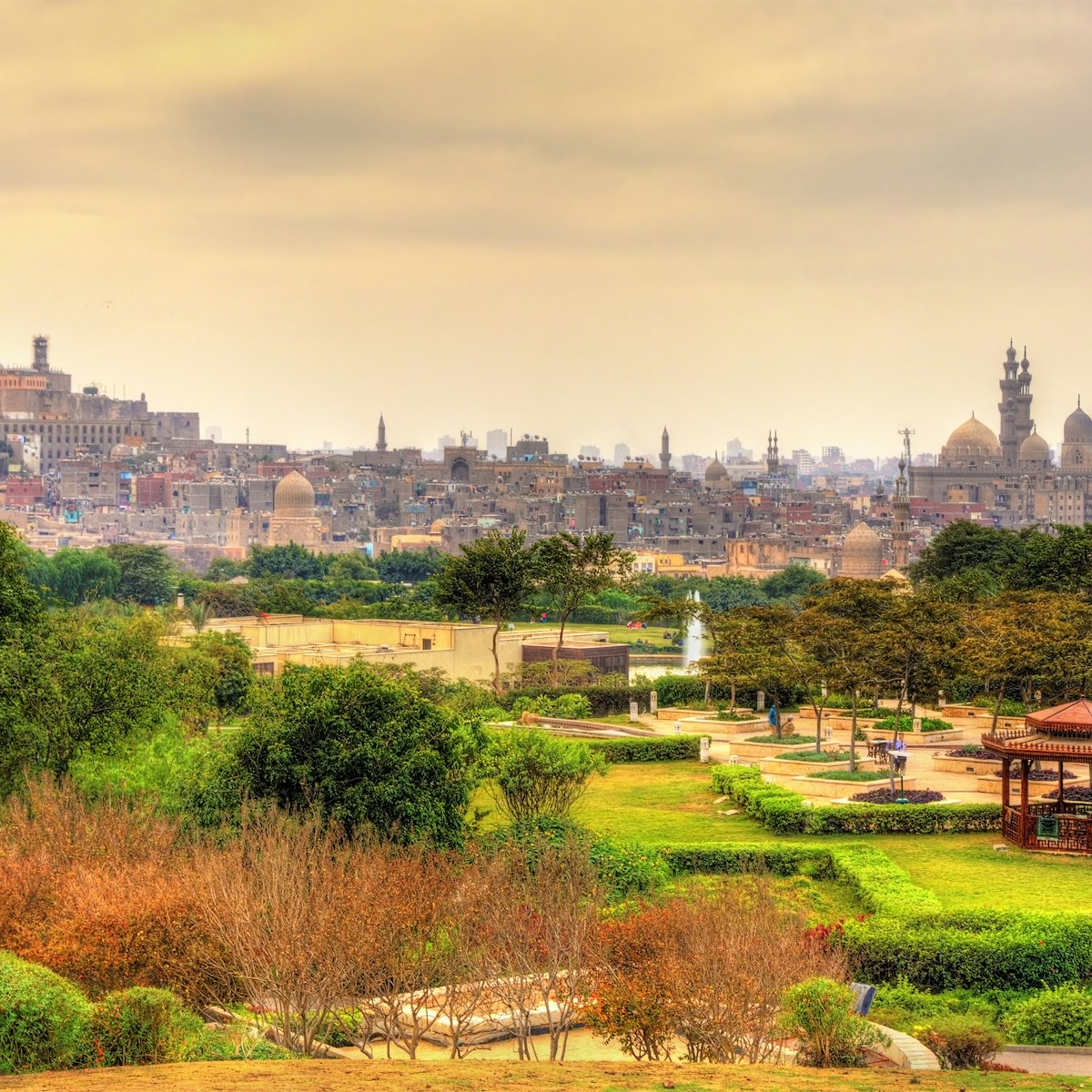To the southwest of Zoser’s funerary complex is the Pyramid of Unas, last pharaoh of the 5th dynasty (2375–2345 BC). Built only 300 years after the inspired Step Pyramid, this unassuming pile of loose blocks once stood 43m high, and its interior marked the beginning of a significant development in funerary practices. For the first time, the royal burial chamber was decorated, its ceiling adorned with stars and its white alabaster-lined walls inscribed with beautiful blue hieroglyphs.
The aforementioned hieroglyphs are some of the earliest examples of the funerary inscriptions that are now known as the Pyramid Texts (later compiled into the Egyptian Book of the Dead). Covering the walls of a number of the pyramids at Saqqara, the hieroglyphs are ‘spells’ to protect the soul of the deceased. Of the 283 separate phrases in Unas’ tomb, most are prayers and hymns and lists of items, such as food and clothing the pharaoh would require in the afterlife.
The 750m-long causeway running from the east side of Unas’ pyramid to his valley temple (now marked by little more than a couple of stone columns at the side of the road leading up to the site) was originally roofed and decorated with a great range of painted relief scenes, including a startling image of people starving, thought to be due to a famine during Unas’ reign. A portion of the relief is on display in the Imhotep Museum.
The two 45m-long boat pits of Unas lie immediately south of the causeway, while on either side of the causeway are numerous tombs – more than 200 have been excavated. Of the several better-preserved examples usually open to visitors are the tombs of one of Unas’ queens, Nebet, and that of Princess Idut, who was possibly his daughter. There are also several brightly painted tombs of prominent 5th- and 6th-dynasty officials. These include the Tomb of Mehu, the royal vizier (minister), and the Tomb of Nefer, the supervisor of singers.
Several beautiful tombs have been cleared in the area east of the Pyramid of Unas. Although not quite as famous as the tombs north of the Step Pyramid, this set includes a number of interesting Pharaonic attendants. These include the joint Tomb of Niankhkhnum and Khnumhotep, overseers of the royal manicurists to Pharaoh Nyuserra; the Tomb of Neferherenptah, the overseer of the royal hairdressers; and the Tomb of Irukaptah, overseer of the royal butchers.
Around the sides of the Pyramid of Unas are several large shaft tombs built much later, in the Saite era (664–525 BC) and the Persian period (525–404 BC). These are some of the deepest tombs in Egypt, although as with just about everywhere else in the country, precautions against grave robbers failed. However, the sheer size of the tombs and the great stone sarcophagi within, combined with their sophisticated decoration, demonstrate that the technical achievements of the later part of ancient Egyptian history were equal to those of earlier times.







